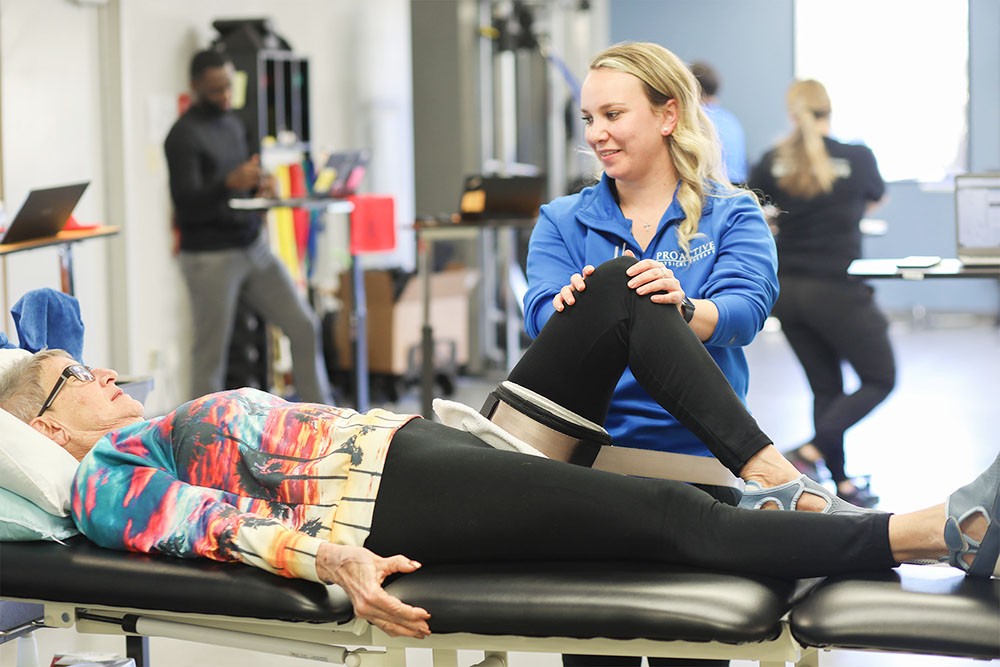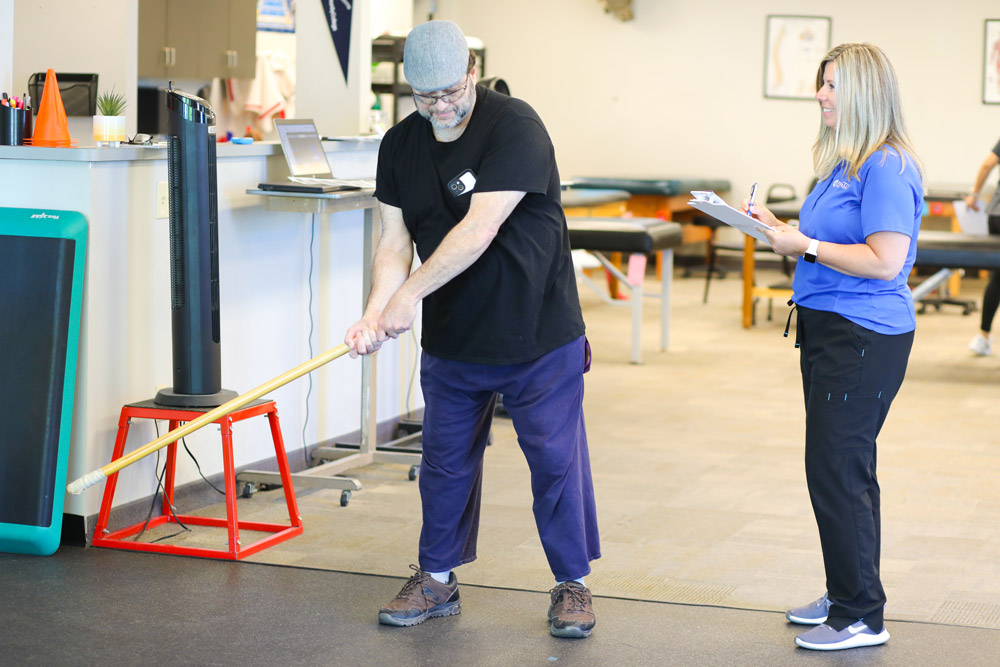by Scott Jackson, PT, DPT, Cert DN, Cert SMT – Green Valley Clinic
CrossFit exercise is one of the fitness trends that has gained nationwide popularity due to its unique ability to help experienced athletes and newcomers build a healthy lifestyle. CrossFit’s unique exercise philosophy enhances faster fat burning, muscle building, and strengthening of joints and the body. It has also developed an impressive reputation for being injury-prone. Recent studies have revealed that 19 percent to 34 percent of athletes who have participated in this type of exercise have experienced an injury. Here are the seven most common CrossFit injuries you might have experienced in your neighborhood’s exercise box.
Wrist Pain
The wrist is a vital yet fragile body organ that makes all CrossFit exercises possible. It is primarily used in snap-focused movements such as clean and press. Since most CrossFit workouts include a lot of weightlifting, one has to involve the wrist in some action from time to time.
Sufficient stretching, warming up, and wrapping your wrist can help you avoid wrist pain. To prevent wrist impacts in the future, you can engage in workouts that enhance your grip strength.
Lower Back Pain
Recent studies reveal that about 32 percent of injured athletes during CrossFit exercises complained of back pain. Lower back pain occurs due to underdeveloped muscles, overuse and overloading, and poor techniques. Abdominal crunches, squats, deadlifts, flipping, jumping, cycling, and medicine ball throws have also been identified as significant causes of lower back pain.
One of the best ways to avoid this injury is to warm up and stretch sufficiently before the exercise. If the damage persists, one must stop or do the above-mentioned exercises moderately.
Tennis Elbow
It is interesting how elbows are often forgotten during CrossFit exercises despite using them in almost every movement. You risk inflaming the surrounding tendons of your elbow when you overuse the connective tissue that connects your elbow to your wrist, causing a tennis elbow. Taking precautions like icing both elbows to prevent inflammation is crucial since some people do not experience pain despite having tennis elbows.
Achilles Tendonitis
It refers to an injury to the tendon and Achilles heel, which occurs after overusing the tendon in the back of your Achilles heel. The Achilles tendon attaches the calf muscles in the back of a person’s leg to their heels. If overused and strained, one will experience stiffness, pain, swelling, and difficulty in bending their feet.

Rotator Cuff and Shoulder Pain
Shoulders are critical in compound movements that require much stability and activity. This is why one may occasionally feel pain after performing compound upper body and back exercises. If one doesn’t respond to shoulder pain promptly, it might develop into a nagging injury that might take time to recover from. Bench presses, rope slams, shoulder presses, pullups, throwing exercises, and shoulder flies are some common leading exercises that can cause pain since they target your shoulder and rotator cuff.
Due to the ball-and-socket joint nature of the shoulder, one is at risk of experiencing pain during CrossFit exercises. Strengthening the muscles supporting the rotator cuff is ideal for preventing this pain.
Knee Pain
While most athletes ignore knee pains, they can signal severe injuries like a tear or dislocation. This is because the knee is vulnerable to overuse and strain during CrossFit exercises. Studies have shown that 15 percent of CrossFit injuries are related to the knee. Knee injuries occur during movements like step-ups, box jumps, running, squats, and leg extensions.
Hernia
This is probably the most severe injury from CrossFit exercises. After strenuous exercise, a piece of your intestine might pop through the abdominal wall, causing abdominal stress. Carrying deadlifts and performing squats are common causes of hernia.
Wearing a weightlifting belt is not the ideal solution. Still, it can provide safety to your abdominal walls, and strengthening your lower back, obliques, and abdominals can prevent this CrossFit injury.
Avoid CrossFit Injuries Today
CrossFit exercises are the best way to burn calories, increase metabolism, and build muscle and joint strength if performed correctly. Giving up on CrossFit workouts after an injury is not an ideal option. Below are ways to avoid experiencing these injuries in future movements.
Wise Choice of Facility and Instructor
The growing popularity of this workout type has prompted people to open CrossFit workout facilities even though not all are of quality standard. Therefore, you should choose a facility built for safety and success with experienced and skillful instructors. It would be best if you also looked for a facility of athletes who inspire you to succeed.
It is about you
While competition might be a motivator, it is dangerous, and you should avoid it. Stay focused on personal goals and vision. Always aim to achieve your personal best instead of competing with an experienced crossfitter. Remember to always listen to your body to avoid compromising your health.
Free Injury Assessment at ProActive Physical Therapy
Are you experiencing pain from any of the above injuries or possibly another CrossFit injury? Request an appointment at one of our Tuscon locations today to receive specialized care from one of our experienced therapists.







